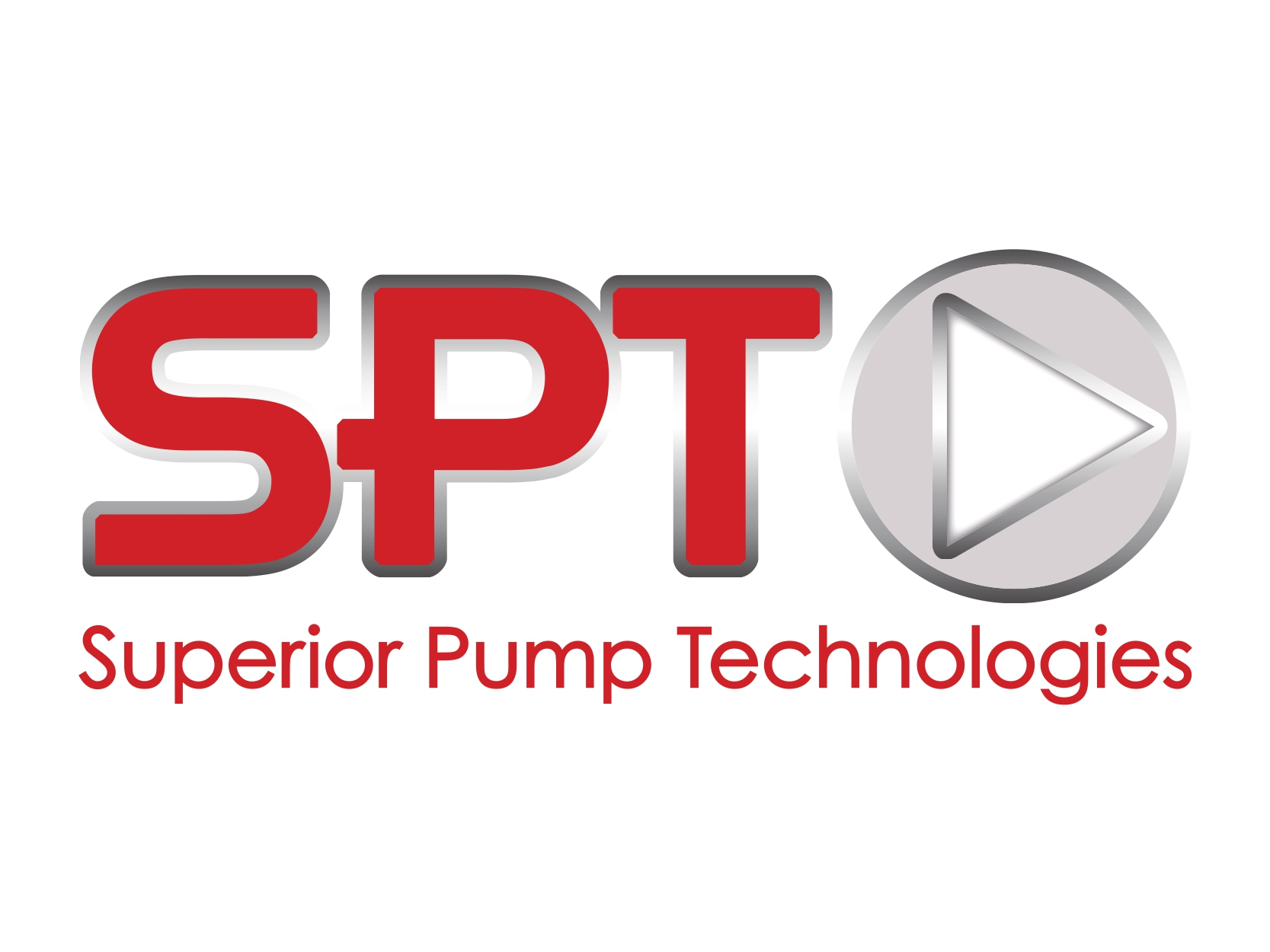
Bearings
A pump’s bearings are responsible for supporting the shaft and constraining motion in order to loc

Blowers
Blowers are used to move and/or impart moderate increases of pressure to volumes of air or other gas

Borehole pumps
Borehole pumps are submersible pumps used to extract water from a vertical borehole. Borehole pumps

Centrifugal pumps
Centrifugal pumps are a type of rotodynamic pump which uses a shaft-mounted impeller that rotates un

Chemicals pumps
Chemicals pumps are those used in the chemical process industries to transport chemical fluids. Ofte

Chopper pumps
A chopper pump is a type of centrifugal pump equipped with a chopping or maceration component to bre

Compressors
Compressors are used to impart pressure increases to gas by reducing its volume. Thus they can be em

Consulting
Pump and hydraulic consultants can help determine the pump system requirements for a given applicati

Couplings
Couplings essentially connect two drive elements (usually shafts) to allow rotary motion and torque

Dewatering pumps
Dewatering pumps are pumps used to remove groundwater from a construction site, mine shaft or other

Dosing and metering equipment
Accurate dosing and metering is vital for an array of applications throughout industries ranging fro

Dry gas seals
Dry gas seals are generally non-contacting, dry-running face seals, mainly used in high speed applic

Engineering
A well engineered pump and system can dramatically improve the quality of service for a pumping appl

Expansion joints
Expansion joints play an important role in extending the life of and reducing maintenance of pump pi

Fire pumps
Fire pumps are high pressure water pumps designed to boost the pressure in a building’s hydrant se

Gearboxes
Gearboxes are vital components of pumping systems throughout practically all industries, transferrin

Gland packing
Gland packing is a braided, rope like material that is packed around the shaft - physically stuffing

Hoses
Hoses are required in a variety of different pumping systems with a range of applications within var

Instrumentation control and monitoring
Sensors and other instruments play critical roles throughout pumping s

Lifting equipment
Specialized lifting equipment is vital to safely and effectively fulfil the materials handling requi

Mechanical seals
A mechanical seal is a method of containing fluid within a pump where a rotating shaft passes throug

Motors drives and engines
Motors play a vital role in pumping systems, acting as the drivers for most pump types. The most com

Peripheral pumps
Peripheral pumps are a niche pump type that sit somewhere between centrifugal and positive displacem

Positive displacement pumps
Positive displacement pumps are one of the two main pump categories. These pumps impart energy to th

Pressure pumps
Pressure pumps are those used to create and maintain fluid pressure for domestic or industrial use.

Pressure sewer systems
Pressure sewers are centralised sewer systems that consist of grinder pumps - located on individual

Reciprocating Pumps
Reciprocating pumps are positive displacement pumps which use a backward and forward movement to cre

Repair and aftermarket
Quality repair and aftermarket support is an important consideration when choosing a pump. In many c

Rotary pumps
Rotary pumps are a type of positive displacement pump where for each revolution, a fixed volume of f

Rotodynamic pumps
Rotodynamic pumps are one of the two major pump categories that most pumps fit into. A rotodynamic p

Seals
Seals are required to prevent unwanted leakage to the pump’s surroundings around the pump shaft. T

Slurry pumps
Slurry pumps are used to transport a mixture of liquid and solid particles, otherwise known as ‘sl

Solar pumps
Solar powered pumps are an economical alternative to electrical or diesel pumps, making them ideal f

Speciality pumps
Traditional reciprocating pump designs are not always optimal for every pumps application, this has

Stainless steel products
Stainless steel is one of the materials used to manufacture pumps, pipes, valves, instruments and co

Submersible pumps
Submersible pumps can be fully submersed in the fluid to be pumped due to the hermetically sealed mo

Transfer pumps
A transfer pump is used to transport fluid between locations. Bulk water transfer pumps are commonly

Vacuum pumps
Vacuum pumps work by removing air and other gases from the vacuum chamber, and are used in a wide ra

Valves
Generally, valves are used in pumping systems to restrict fluid motion to the desired direction. Val







